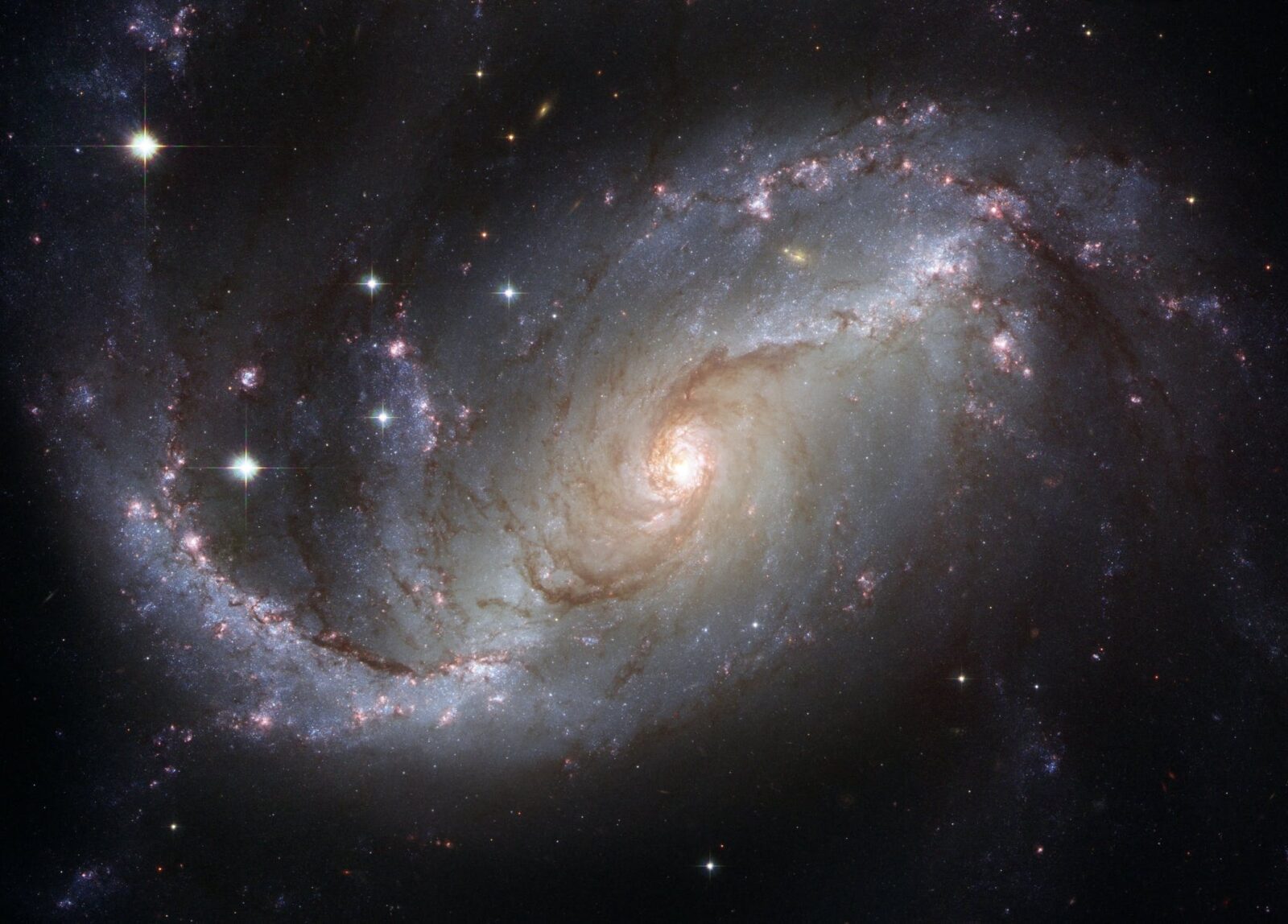A swarm of planet-forming dust has been discovered by astronomers to contain the biggest organic molecule yet seen, possibly providing fresh insights into how the building elements of life eventually wind up on planets.
A team of researchers from the University of Chile used the ALMA telescope to study the light emitted by different molecules within a lopsided ring of dust and ice surrounding the young star IRS 48, which is located approximately 444 light-years from Earth in the constellation Ophiuchus.
Among the dusty ring’s organic compounds, the researchers discovered clear evidence of dimethyl ether, a large organic compound that’s commonly found in stellar nurseries (cold, dusty zones of space in which new stars form) and is a precursor to essential building blocks of life, such as amino acids and sugars. The findings were published on March 8 in the journal Astronomy and Astrophysics.
The dimethyl ether molecule, which contains nine atoms, is the biggest molecule yet discovered in a planet-forming band, according to the research team. Scientists claim that this finding contributes to the understanding of how complex organic compounds go from star-forming areas of cosmos to planet-forming regions and finally to the surface of planets themselves.
The star IRS 48 first came to the notice of scientists approximately a decade ago, due to a large ring of ice and dust around it in the form of cashew. In their study, they named this “dust trap” a high-pressure location where small particles of dust may cluster together and grow into progressively bigger things, such as comets, asteroids, and ultimately the planet.
tIt has long been hypothesized by astronomers that massive compounds such as dimethyl ether occur in star-forming parts of the universe, where the temperature is low enough for atoms or molecules to adhere to microscopic dust particles, resulting in the formation of ice layers. According to the study’s authors, when those frozen molecules clump together, they may conduct chemical reactions, resulting in the formation of larger and more complex organic compounds.












Leave a Reply